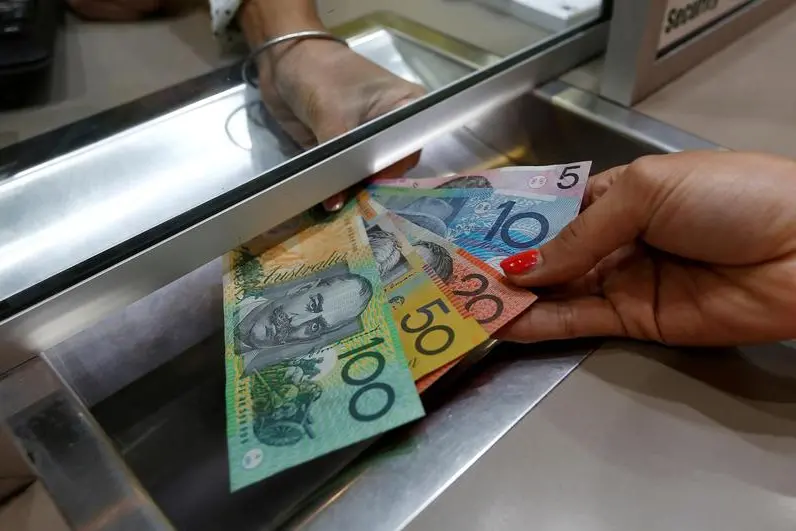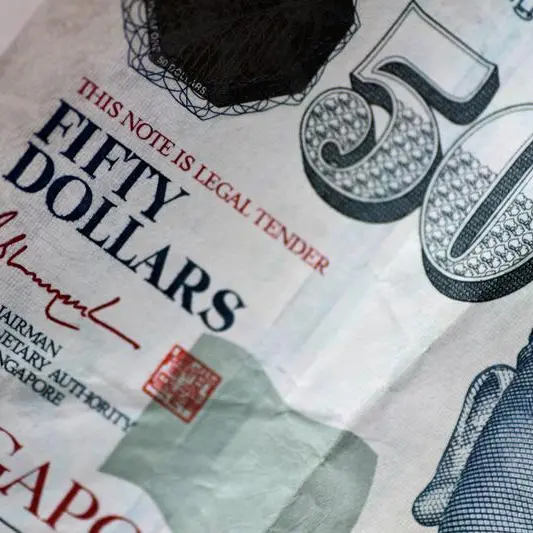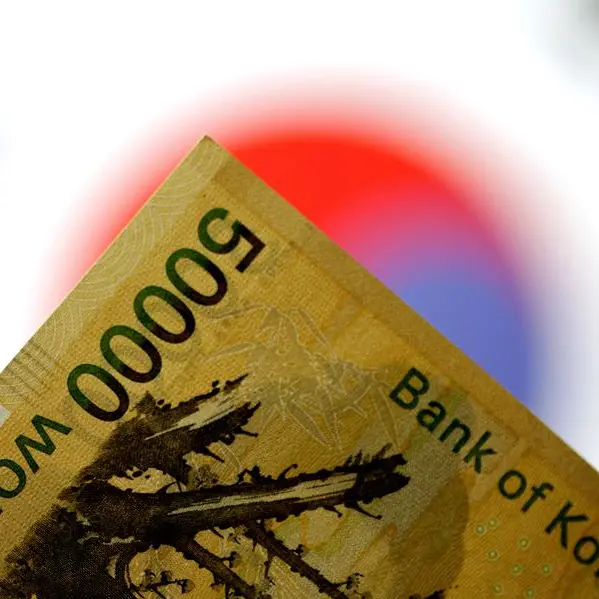PHOTO
The Australian and New Zealand dollars plumbed 2-1/2 month lows on Monday as a blowout U.S. jobs report dimmed the prospects of global rate cuts in the near term, while short-term bond yields surged by most in eight months.
The Aussie was languishing at $0.6508, having tumbled 0.9% overnight to break the 200-day moving average of $0.6575. For now, it has support at 65 cents, but a sustained break below that would open the door to $0.6450.
The kiwi was frail at $0.6069, having lost 1.3% overnight to as low as $0.6060. It also broke the 200-day moving average of $0.6086 and support is around $0.6050.
Having been stuck in some tight ranges recently, the Antipodean currencies came under fresh pressure on Friday after an unambiguously strong U.S. jobs report effectively ruled out a U.S. rate cut in March, sending bond yields up globally.
Markets are seeing a March move from the U.S. Federal Reserve at just a 15% probability, while total easing expectations for the year have been scaled back to about 120 basis points.
Investors Down Under have also moved to push back bets for the first rate cut from the Reserve Bank of Australia (RBA) to August, rather than June, as the central bank debates its first policy move of the year, with the decision due on Tuesday.
Australian bonds took a tumble after gains last week. Three-year government bond yields surged 14 basis points (bps) - the most since June - to 3.687%, while ten-year yields jumped 11 bps to 4.104%.
Economists widely expect the central bank to keep interest rates unchanged at 4.35%, but the focus will be on whether the RBA will retain its tightening bias. Governor Michele Bullock will give a media conference at 0430 GMT to expand on the reasons for the decision as part of a new reporting format for the central bank.
Tony Sycamore, market analyst at IG, had been looking for the Australian dollar to move higher, but said the break below $0.6520 on Monday had cast some doubt.
"If the AUD/USD does see a sustained break of .6520/00 after tomorrow's RBA Board Meeting, it would warn that a deeper decline is unfolding towards .6400 with scope to weekly trendline support at .6300."
In New Zealand, two-year swap rates jumped 16 bps to 4.8600%, the highest since mid-December. The Reserve Bank of New Zealand (RBNZ) does not meet until Feb. 28. (Reporting by Stella Qiu; Editing by Jamie Freed)























